The genesis of a new wine region in the Garden of England
A good wine couldn’t possibly be born out of our changeable, wet and cool climate, could it? Well, if only we embraced it ourselves, the next big wine region could be right on our doorstep, writes Sean Russell

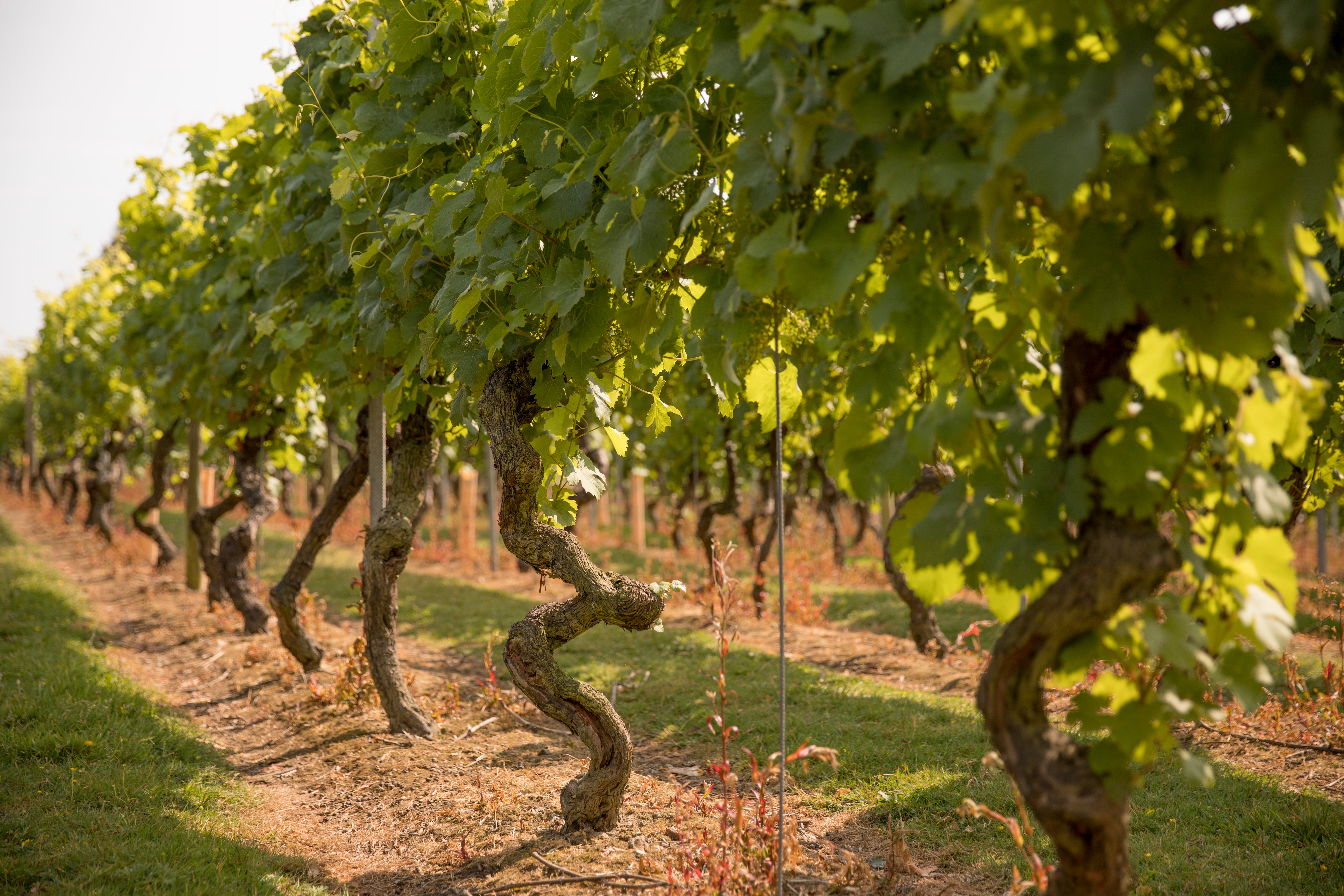
Your support helps us to tell the story
From reproductive rights to climate change to Big Tech, The Independent is on the ground when the story is developing. Whether it's investigating the financials of Elon Musk's pro-Trump PAC or producing our latest documentary, 'The A Word', which shines a light on the American women fighting for reproductive rights, we know how important it is to parse out the facts from the messaging.
At such a critical moment in US history, we need reporters on the ground. Your donation allows us to keep sending journalists to speak to both sides of the story.
The Independent is trusted by Americans across the entire political spectrum. And unlike many other quality news outlets, we choose not to lock Americans out of our reporting and analysis with paywalls. We believe quality journalism should be available to everyone, paid for by those who can afford it.
Your support makes all the difference.There had been three weeks of rain, and the usually pale soil was dark and wet beneath my feet, but still the neat rows of mottled vines at Chapel Down winery were picturesque under the cloudy skies. It might seem a surprise, then, that vines in a country with such weather could produce one of the most perfectly crisp wines for a warm summer’s day.
The vines were Bacchus, a grape of German origin which found its home in England. In Germany the grape ripens with a lower acidity, but in Kent the naturally cool climate produces a grape of higher acidity, creating something altogether more interesting – aromatic, fruity and perfect with asparagus.
But it’s sparkling wine where the English climate and land – terroir, perhaps – really comes into its own. It was sparkling wine which put an end to the “joke” that has always been English wine. And in the past five years or so, the signs of change in the English wine industry have led some to believe not only that the jokes are over, but that we’re at the genesis of a brand new wine region – and that is something you don’t see very often.
English – and Welsh – wine has, for so long, barely been regarded at all. This is despite 50 per cent of the world’s Masters of Wine being British. We are far more likely to buy a bottle of French champagne or Italian prosecco, where the proud traditions of winemaking go back hundreds of years. We have even let in the “new world” wines, regularly enjoying those from California, New Zealand and Australia. We import wine in from everywhere, and yet very few people have even so much as tried a wine from English soil.
On a visit to the Chapel Down winery in Tenterden, Kent, I learned that English wine was about to embark on an exciting path, free from the chains of tradition – a blank slate on which to do interesting things and try to do something different. I learnt that maybe it was about time we started to fully embrace English wine.
It would be a dream to be considered alongside champagne, and the perfect pre-conditions for that industry exist
“All of these wines are crisp, fresh, light, delicate,” says head winemaker Josh Donaghay-Spire. “If you’re looking for the thread that goes through all of our products, that comes from our land and our climate, it is that sense of freshness. That’s what winemaking is about. It’s about trying to reveal the maximum potential of your soil.”
Donaghy-Spire discovered wine when working in restaurants as a teenager. Filled with a desire to know what was behind the label, he began to read and found that there was so much more to wine than he had realised. He enrolled on a viticulture course at Plumpton College, and spent some time in France and South Africa before returning to the county of his birth to make wines with Chapel Down.
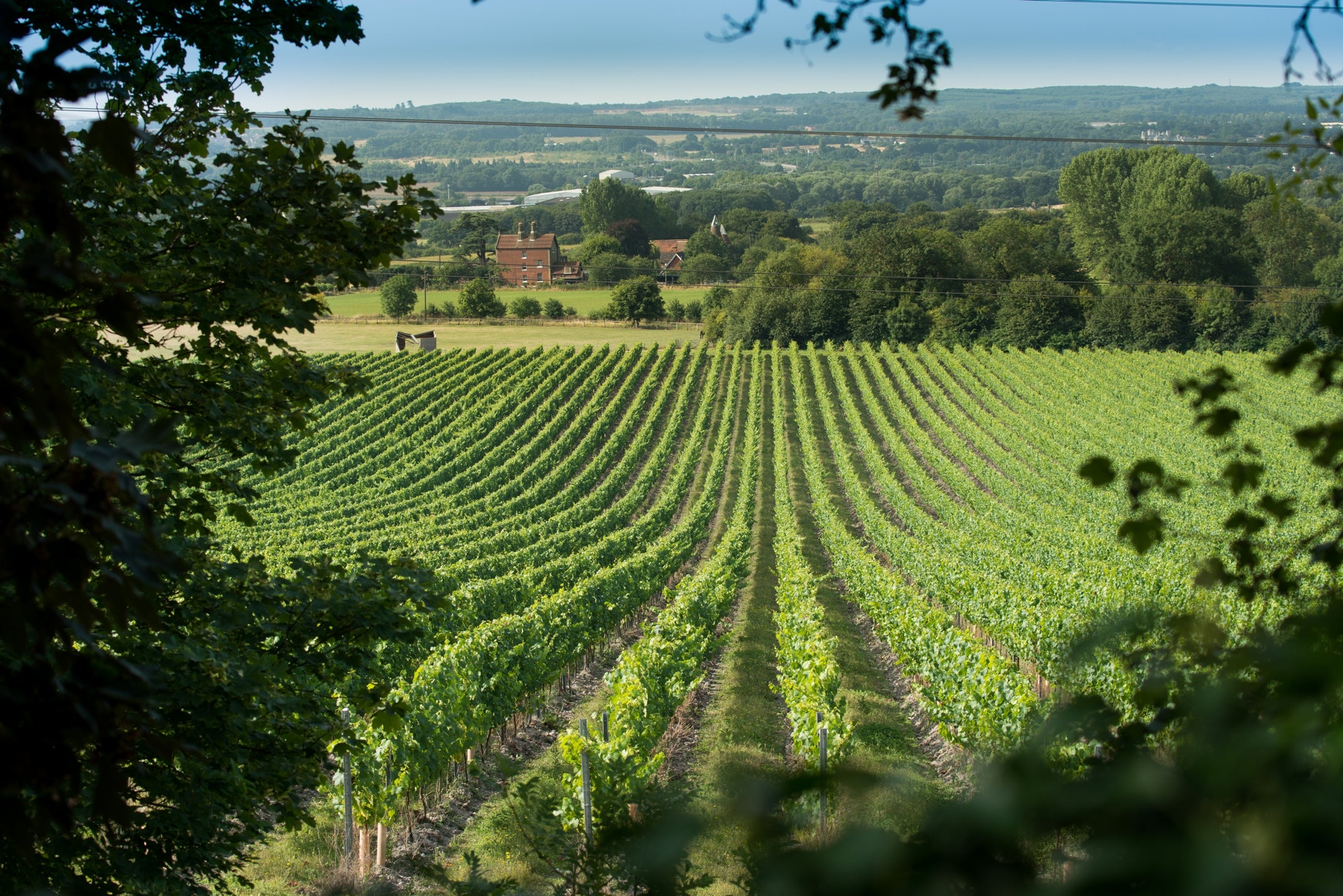
“A winemaking region is only born once, and it’s happening now,” he says. “If I went to go and work in Champagne, I don’t think I’d be afforded the opportunities that I have here. I wouldn’t be afforded the latitude of styles that I can make. We’ve got a blank page and we’re writing it now. I’m not going to be so grandiose and arrogant to say we’re responsible for it, but we’re playing a small part in that, and that’s brilliant. Not many people get to be present when a wine region is born.”
Not tied down by 350 years of tradition, like the wines of Champagne, traditional method English sparkling wine – which is the very best style England makes – has a degree of flexibility which makes it the young, exciting, upstart against Champagne’s distinguished older gentleman. For example, Chapel Down now uses dark glass bottles which are almost black to look at. This stops the quality of the wine being affected by UV light in the bottle. Champagne will always use green, because they always have. Likewise, the bottles at Chapel Down use special treated corks, so that the wine can never be corked, and that it will age at a known rate.
Innovation in the English wine industry isn’t just restricted to new techniques. Once upon a time, the idea of making a chardonnay in England was perhaps more laughable than producing a champagne-beating sparkling wine. But Donaghy-Spire wanted to try to do exactly that using Chapel Down’s best vineyard, Kit’s Coty, firstly because he loves chardonnay, and secondly because he thought it might be possible. The product? An oaky, rich, fruity bottle. Chapel Down sought a chardonnay that could take on the best that Chablis had to offer and, in 2020, the 2017 vintage won a gold Decanter World Wine award.
Frazer Thompson, the CEO of Chapel Down, is a fast-talking man full of energy, especially when talking about English wine. He spent time as the global brand director for Heineken in Amsterdam and had a stint at Whitbread before that, but when he was given his first taste of English sparkling wine in 2001 he not only lost a bet with a friend, he ended up throwing his career entirely behind the Kent winery, realising that something special was about to happen. Since then he has spent the past 20 years spearheading English wine and placing Chapel Down right at the forefront.
The days of the English winemaking hobbyist of the 1960s and 1970s were over. Thompson made Chapel Down a serious and innovative business for the 21st century and introduced a crowdfunding campaign to both raise money and democratise winemaking, with shareholders even receiving a 33 per cent discount on the wine. It was one of the largest ever crowdfunding campaigns, raising almost £4m in just 21 days. English wine is expanding, and, reflecting this, Chapel Down are now looking to raise a further £6.8m via Seedrs, allowing people to join in the Chapel Down’s story, help it grow and feel a part of this exciting moment in English viticulture. Thompson believes that there’s never been a better time to be involved in English wine.

“All the conditions are there,” he says. “The germ that lights it is usually someone who is nuts, quite frankly, someone who is prepared to take those risks. People who can see the same soil as Champagne, and think: ‘I’ll give it a go’.”
Thompson points to the terroir of southern England in particular – “terroir” is a French word that refers to a vineyard’s specific combination of soil, location and climatic conditions. It’s also a word Thompson believes now needs an English equivalent. Firstly, Kent and Sussex have a rare chalky soil, thanks to the chalk ridge stretching east to west, the same terroir that is found 250km – as the crow flies – further south in Champagne, France. Southern England is approximately 1.5C colder than Champagne. However, global warming since the 1970s has increased temperatures by approximately 1.5C.
“You put those two stats together and you are basically looking at an identical terroir to Champagne in the 1970s,” says Thompson. “I’m not going to prejudge what an expert would say about champagne, but most indicate that the best champagne ever made was largely in the 1960s and 1970s. It would be a dream to be considered alongside champagne, and the perfect preconditions for that industry exist.”
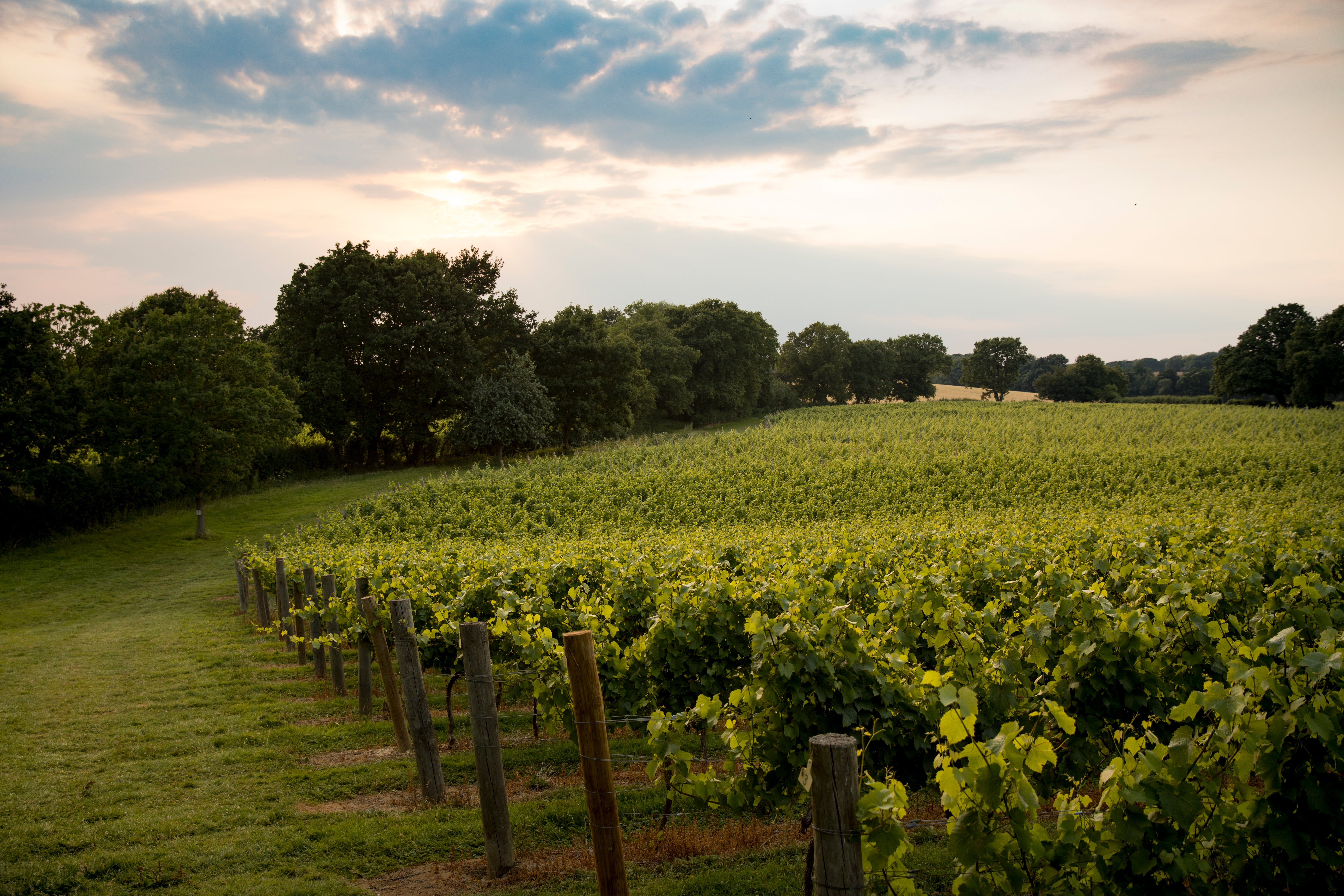
This is something wine expert Oz Clarke agrees with. He told me that, for so long, people just didn’t believe good wine could be made in England. They looked around and saw the cold, bleak and changeable weather and couldn’t see how England could possibly produce wine that held up against the climates of France, Italy and Spain.
“But our weather’s getting better,” Clarke told me. “Everyone can see that in the way we are going to beaches sometimes as early as May or having a picnic as late as September. So, when someone like me says ‘it’s now warm enough to grow grapes’, they think ‘of course it is.’”
Oz Clarke has long, and openly, supported the English wine industry. His regular TV shows and writings are proof of this, and his most recent book is simply called English Wine. He has followed the industry from the very beginning, back when a few people decided in the 1960s, 1970s and 1980s that it might just be possible to grow grapes and make good wine in Britain. But, he says, it wasn’t until the late 1990s and early 2000s that small batches of incredibly good, award-winning English wine began to appear – he names Nyetimber, Bridgeview and Breaky Bottom in particular.
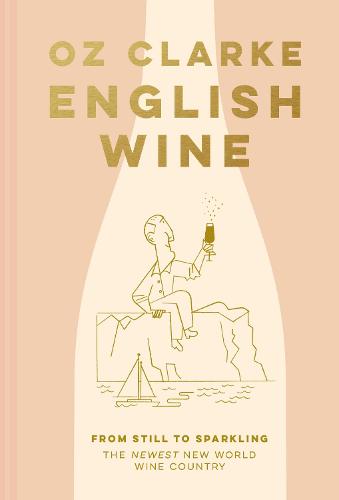
The quality of English wine is now known. English sparkling wines – especially those made at Chapel Down such as their Brute – have won international gold medals and best-in-class. English wine is now becoming a distinct region from the rest of the world in its own right. Master of Wine Richard Bampfield told me that because the English climate really is at the northern extreme for grape growing, the wines are marked by notable freshness and purity of fruit, and the sparkling wines have an intensity of flavour not often found elsewhere.
Thompson says that English wine is not just an interesting, niche thing anymore but is becoming a big industry. “Last year our sparkling wine sales were up over 50 per cent,” he says, “and champagne sales were down 22 per cent. If we were a champagne brand, we’d be well inside the top 10 in the UK. I don’t know the stats, but I suspect we’d be nudging Bollinger levels.” Meanwhile, the UK wine industry as a whole produced over 10 million bottles last year.
So why don’t English people drink English wine in the same way Italians drink Italian wine, French people drink French wine, and the Spanish drink Spanish wine? These things take time, Clarke says. We are only at the beginning and, for so long, the UK has had the entire world to choose from. And while 10 million English bottles may sound like a lot, the UK alone drinks 1.7 billion bottles of wine a year. Clarke believes, however, that Brexit and Covid are changing the ways we think.
“Both of these things have made us more aware of looking after our own. Buy local beer, why buy Peroni when you can buy British? They’re selling cheddar in Tesco, but buy the local stuff. People are more and more aware that we’ve got to try and support our communities.” Chapel Down alone announced 38 per cent increase in wine volumes in the last pandemic-struck year, while direct-to-consumer sales were up 467 per cent, reflecting this growing demand for English wine.
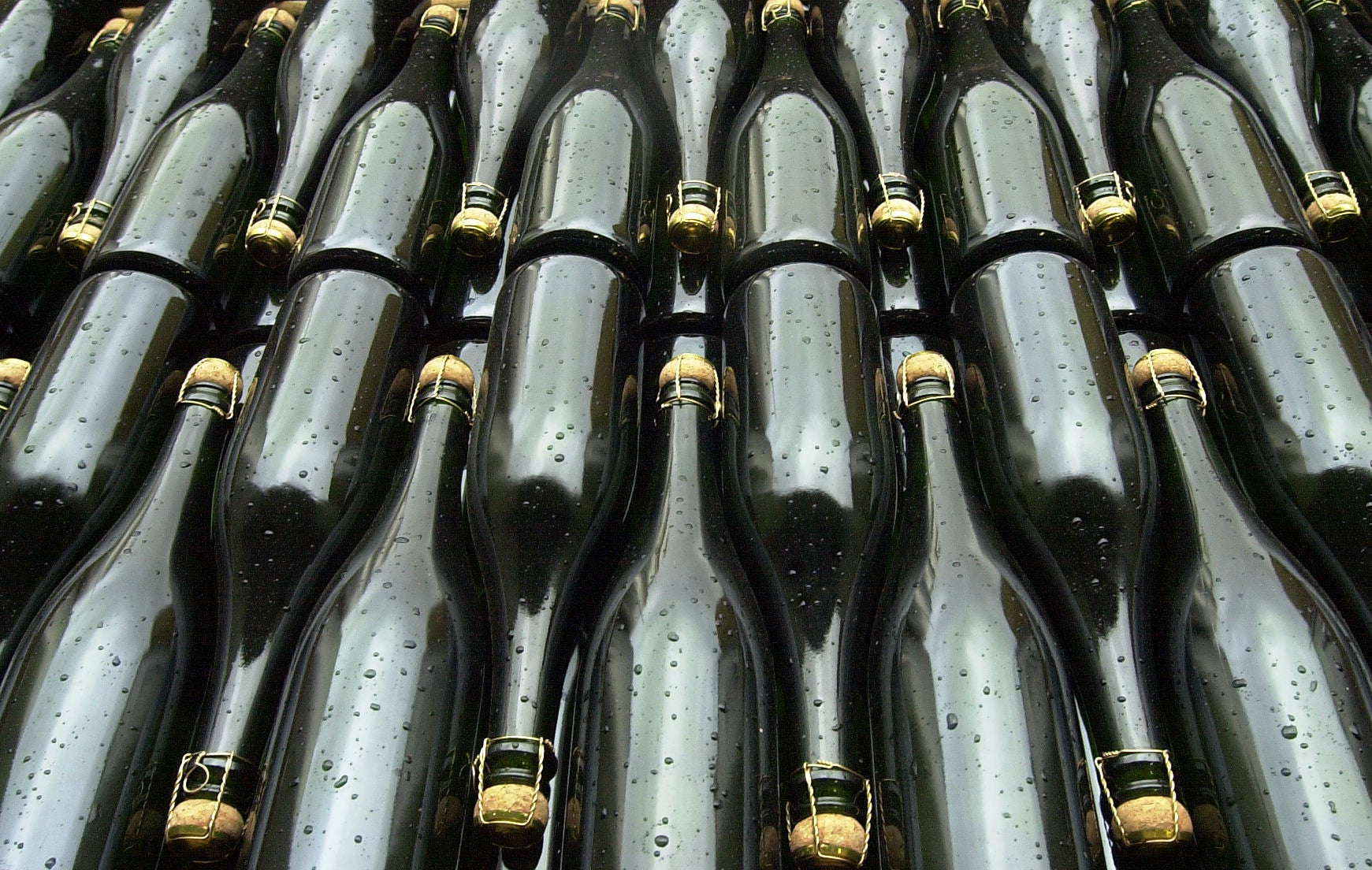
Clarke tells me a story of his most recent tasting – the first in-person he’s done with a group since the pandemic began – and how he described the soils, the terroir, the climate of a sparkling wine the group were drinking. When he told them the bottle was in fact an English Chapel Down Brute, they were shocked, convinced he had been speaking about France, and that the wine they had in their hands was a champagne. He says he can tell many such stories. People just need to taste the wine to be sold on England’s quality as a producer, he says.
Chapel Down’s oldest vines, those mottled, picturesque rows, were planted in 1987. These were not the first that were planted at Tenterden – those were planted in 1977 but no longer exist. The field in which the 1987 vines sit is just 20 acres. To put that into perspective, and to show how much Chapel Down has grown since then, Kit’s Coty is 100 acres, Court Lodge next door is another 100, Street Farm another 120, with others as well and more on the way. English wine production is becoming bigger every year. In fact, viticulture is the fastest-growing agricultural sector in the UK, and that means more jobs as well as more wine.
“The number of people you need to manage 100 acres of vineyard is considerable,” says Donaghay-Spire. “I don’t know off the top of my head, but one person can manage a thousand acres of arable quite easily, but you need a whole team of people to manage a hundred acres of vineyard, and so we’re creating high-quality jobs in rural Kent to make a high-quality product that we can all be really proud of.”
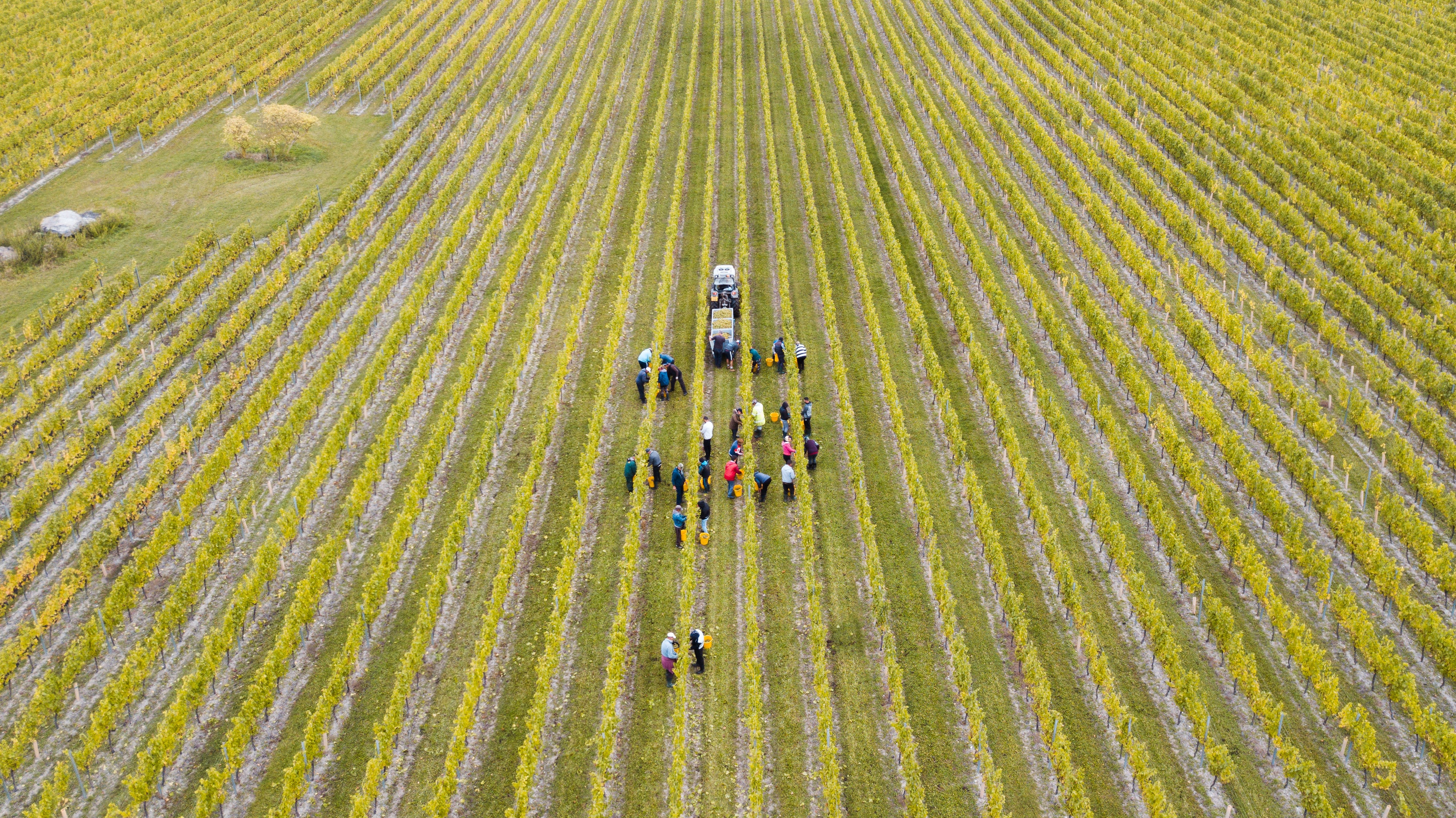
There are downsides, however. Susie Barrie and Peter Richards are both Masters of Wine, who happen to be married to each other, and host the popular Wine Blast podcast. They agree that English wine is now very high quality and an exciting product, but add that it is rarely the most affordable.
“We make specific styles of wine really well – like great sparkling wine, for example,” they say. “But we Brits tend to be quite price-conscious when it comes to buying wine, and UK wine is rarely the cheapest on the shelf. But we’d argue it offers good value versus its competition at a similar price point – it’s different, delicious and well worth a try. So, for a special-occasion wine, why not try the UK option?”
Frazer Thompson says that while English wine is unlikely to be the cheapest, it does offer something else – on top of quality it has a sense of place, a sense of pride. At Tenterden, and also at other wineries such as Denbies in Surrey, visitors can tour the vineyards, try the wines, meet the wine makers, and have a meal at the restaurant. It is, Thompson says, about breaking down the snobbishness, secrecy and mystery surrounding the industry and educating people and building a link between people and the land. This is the key to Brits fully embracing English wine, and Thompson is very optimistic – especially after a string of vintage years stretching back to 2017. While English wine is still small, the quality is there, and the drinkers are growing rapidly. There are more vineyards to set up, maybe some even better than Kit’s Coty has proven to be.
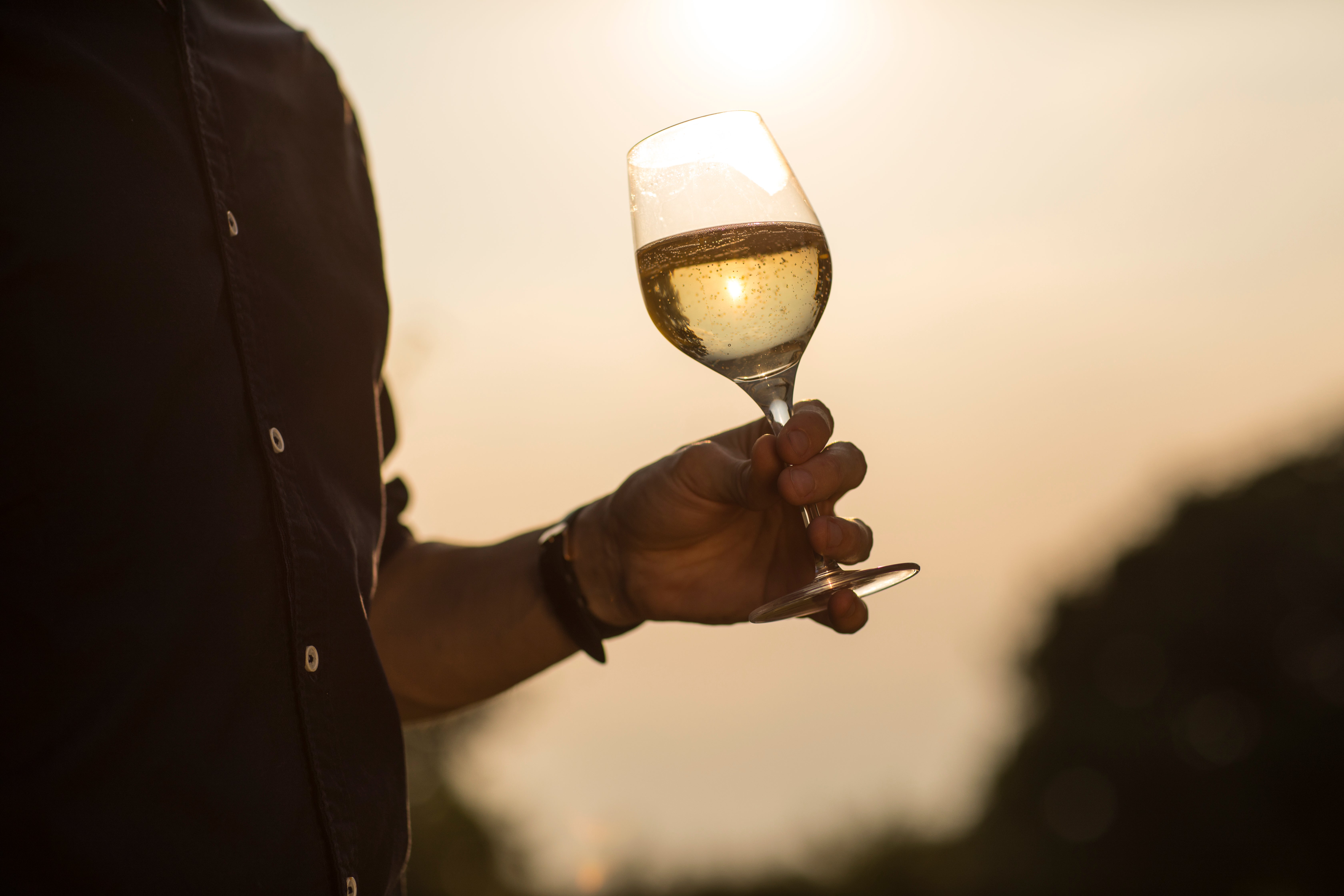
“Differentiating English sparkling wine from champagne is the real challenge. Finding our own style as a country will probably take a generation, it’s only just starting now,” says Thompson. “Wine is a long game and requires bravery like you wouldn’t believe. It also relies on an unreliable business partner – God – and a lot of luck. More than anything it needs relentlessness, curiosity and fearlessness.”
It is hard to find someone who disagrees that England is slowly becoming its own distinct wine region, a region of aromatic, fruity, fresh flavours for a summer tipple. And while Chapel Down may never make a full-bodied red, its still and sparkling whites and rosés are only going to get better. As Thompson says, we are just at the beginning, and that is the exciting part.
On a recent sunny evening, I cooked myself some asparagus with garlic and butter and opened a bottle of Chapel Down’s 2020 Bacchus and sat on my balcony. Perhaps it was visiting the vines and immersing myself in English wine with Chapel Down, but for that moment I couldn’t think of a bottle I’d rather be drinking.
Join our commenting forum
Join thought-provoking conversations, follow other Independent readers and see their replies
Comments